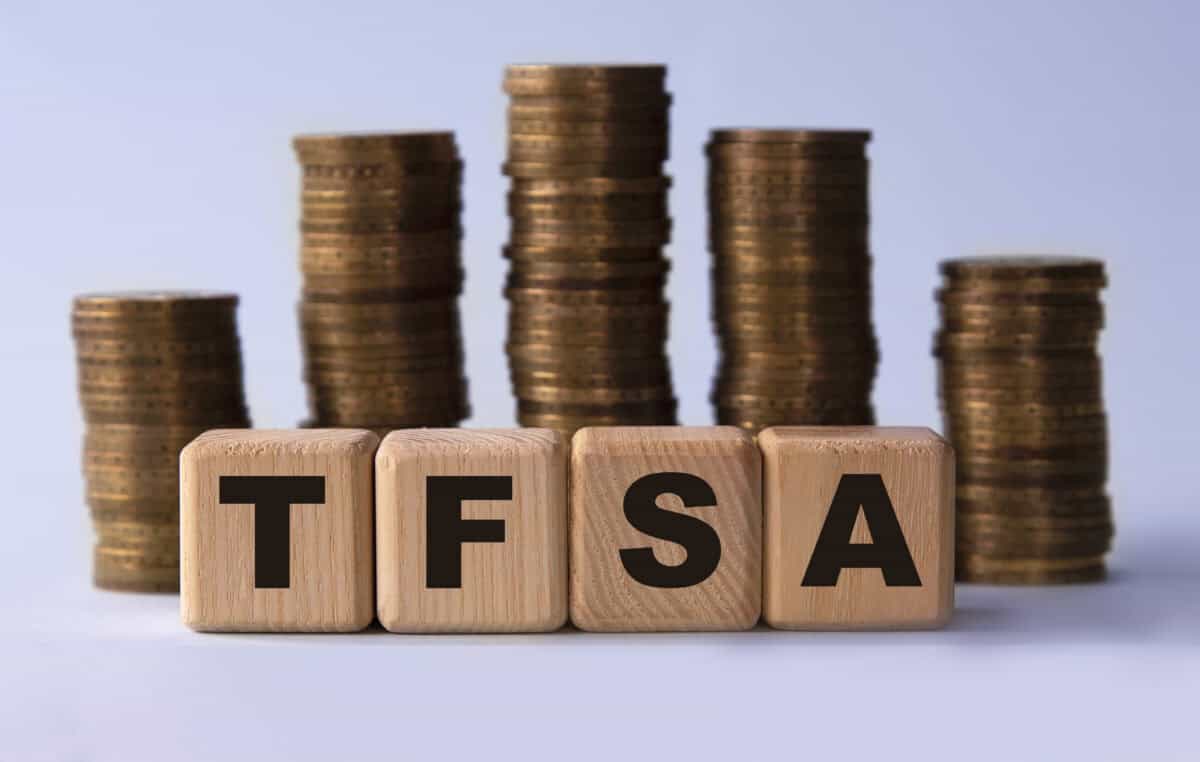Canadians should take full advantage of their Tax-Free Savings Accounts (TFSAs) by maximizing their TFSA contributions every year. One way to achieve to seven-figure wealth, or a $1 million portfolio, is by investing in a portfolio of growth stocks. These businesses are growing at a faster pace than the general market.
Canadian growth stock idea
One Canadian growth stock I have on my radar is goeasy (TSX:GSY), which is a leading provider of non-prime lending in Canada. The growth stock has grown investors’ money 11-fold over the last 10 years, equating to annual returns of almost 28%! It charges a high average interest rate. So, it also targets a high net charge-off rate of 8.5-9.5%. That said, it aims to reduce the interest rate and improve the credit score of its customers over time.
At $188.30 per share at writing, the credit services stock appears to trade at a fair valuation compared to its long-term historical normal valuation. To be sure, analysts think it has upside potential of about 19% over the next 12 months.
It’d be safer to diversify your capital across a basket of growth stocks.
Gain exposure to U.S. growth stocks
To gain exposure to a basket of U.S. growth stocks, investors can consider exchange-traded funds (ETFs) like SPDR Portfolio S&P 500 Growth ETF (NYSEMKT:SPYG) and Vanguard Growth Index Fund ETF (NYSEMKT:VUG). These two ETFs move in tandem with each other, which is not surprising given that their constituents are similar.
Below is a 10-year total return chart fueled by YCharts data. So, investors would have grown their money four-fold over 10 years, turning an initial investment of $10,000 into over $40,000, equating to annual returns of about 15%.

SPYG Total Return Level data by YCharts
Most of the time, investors don’t invest a lump sum and be done with it. Investors more often invest money periodically. If you’re able to save money every month, you can utilize the dollar-cost averaging approach, in which you’re investing, say, $500 a month in a growth fund. Your diversified portfolio could consist of cash and cash-like investments, fixed-income investments like Guaranteed Investment Certificates and bonds, dividend stocks or funds, and growth stocks or funds.
During market corrections, investors can target to invest more than they normally would to benefit from the long-term upside potential. As shown in the graph above, the growth funds tend to grow over time.
SPYG and VUG top holdings
SPYG’s top holdings are Microsoft (which makes up over 12% of the fund’s assets), Apple (over 11%), NVIDIA (11%), Amazon (over 6%), Meta Platforms (4%), Alphabet Class A (4%), Alphabet Class C (over 3%), Eli Lilly (over 2%), and Broadcom (over 2%).
VUG’s top holdings are Microsoft, which makes up over 12% of the fund’s assets, Apple (over 11%), NVIDIA (over 10%), Amazon (almost 7%), Meta Platforms (4%), Alphabet Class A (4%), Alphabet Class C (over 3%), Eli Lilly (almost 3%), and Tesla (2%).
Notably, VUG slightly outperformed SPYG over the last one-, three-, five-, and 10-year periods.
How long will it take to achieve a $1,000,000 portfolio?
Assuming you’re starting from scratch today and investing $1,000 a month (or $12,000 a year) compounded at a 12% rate of return, it would take a little over 21 years to hit $1,000,000.
All else equal, but if you already have $100,000 invested, it’d require a little more than 15 years to hit $1,000,000. Similarly, if you have $200,000 invested, you’ll only need about 11.5 years to arrive at seven figures.

 Don't let our Poutine Day offer get cold: 65% off Stock Advisor ends at midnight!
Don't let our Poutine Day offer get cold: 65% off Stock Advisor ends at midnight!








